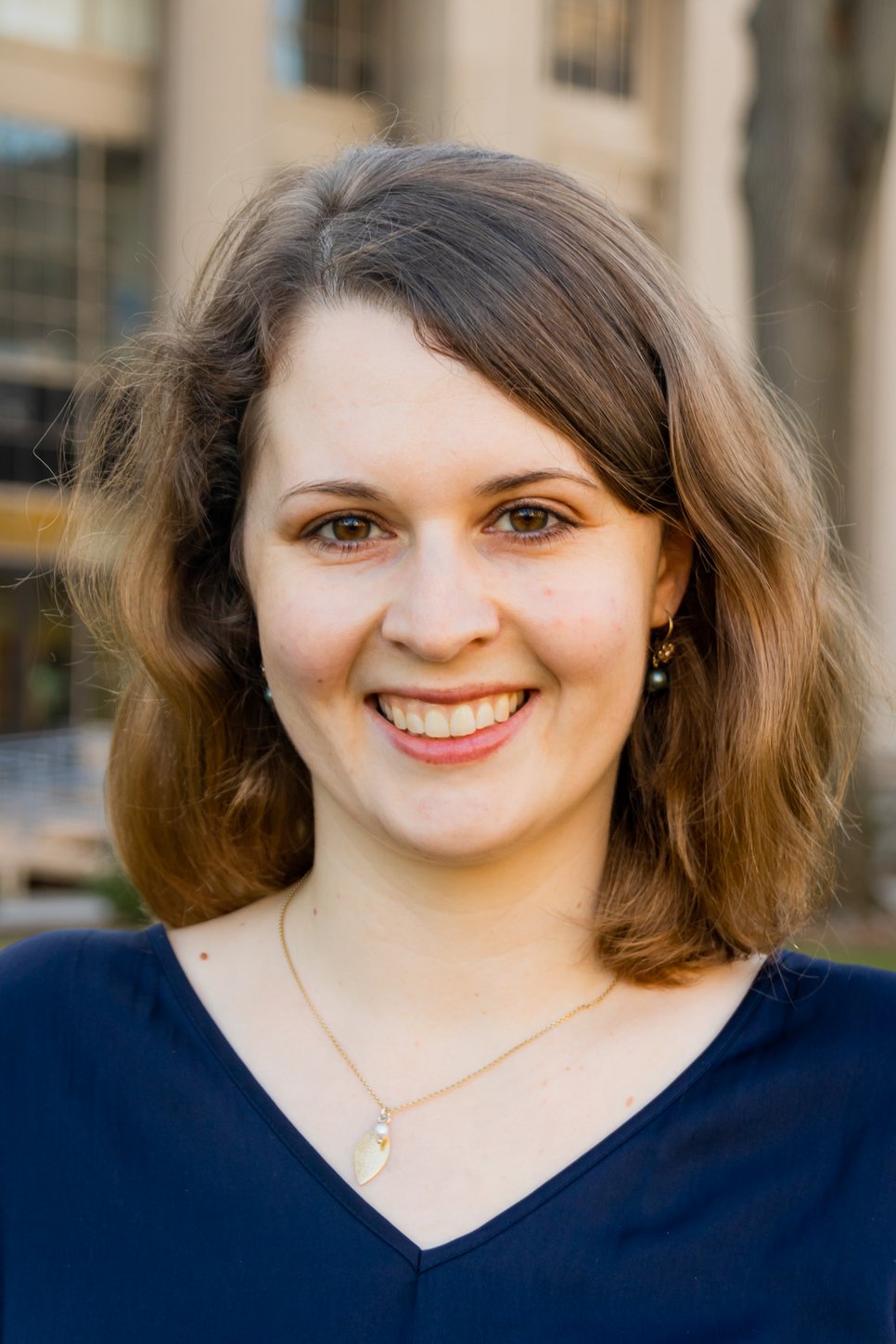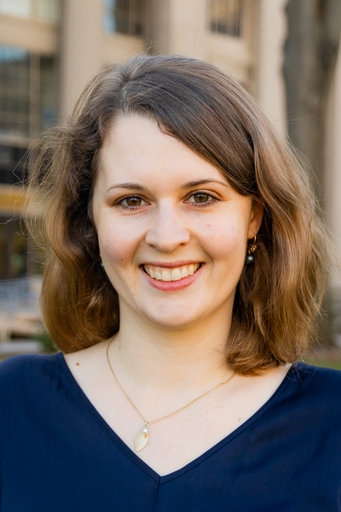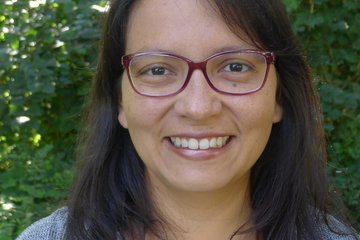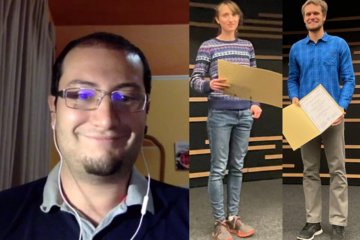Otto-Hahn-Medal for Anna-Christina Eilers

With the award of the Otto Hahn Medal, the Max Planck Society (MPG) has honored some of its outstanding young scientists every year since 1978. The award is named after the famous German chemist and Nobel Prize winner Otto Hahn (1879-1968), who was also President of the MPG between 1948 and 1960. The MPG sees the award primarily as motivation and support for young, particularly talented scientists with the aim of advancing their career in active research.
One of the 10 prizewinners in 2020 of the Chemical-Physical-Technical Section of the MPG is Anna-Christina Eilers, who worked until 2019 at the Max Planck Institute for Astronomy (MPIA) in the Galaxies and Cosmology Department of Hans-Walter Rix and also received her PhD in Heidelberg.
In her research, Anna-Christina Eilers focuses also on the intergalactic medium and on the structure of the Milky Way. However, she is particularly interested in the formation and growth of so-called supermassive black holes (SMBH).
In contrast to "normal" stellar black holes, which are the remnants of stars, SMBHs reach several million or even billions of solar masses and they are located at the centres of galaxies. They accrete matter from their surroundings, such as stars, dust and gas, to grow to such enormous masses. During this accretion process copious amounts of energy are being released, which makes these actively accreting black holes, so-called active galaxies or quasars, very luminous. The “lifetime” of quasars — the time during which the bulk of the accretion happens — is an important parameter to understand the growth of these supermassive black holes.
As part of her doctoral thesis, Anna-Christina Eilers developed a new method to estimate this lifetime of quasars, which ultimately also determines the mass increase of these objects. She is particularly interested in young quasars from the early days of the universe. These young objects seem to accrete matter much faster and increase the mass of their black hole more rapidly than current theoretical models predict. Her goal is to understand the formation and growth of these early supermassive black holes, in order to gain new insights about the evolution of galaxies across cosmic time.
In 2020 Anna-Christina Eilers moved to the Massachusetts Institute of Technology (MIT) in the US as a NASA Hubble Fellow. Recently, she was also honored by the International Astronomical Union (IAU) for her doctoral thesis.








